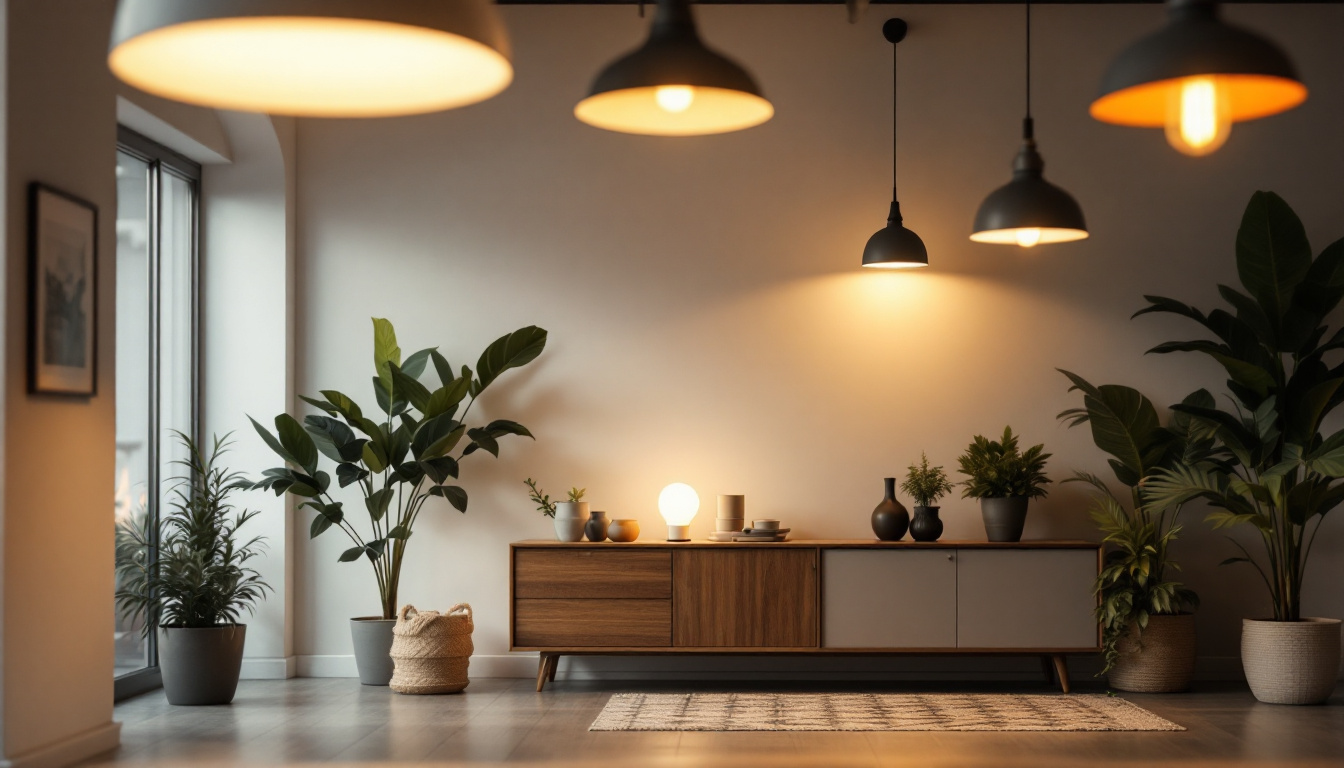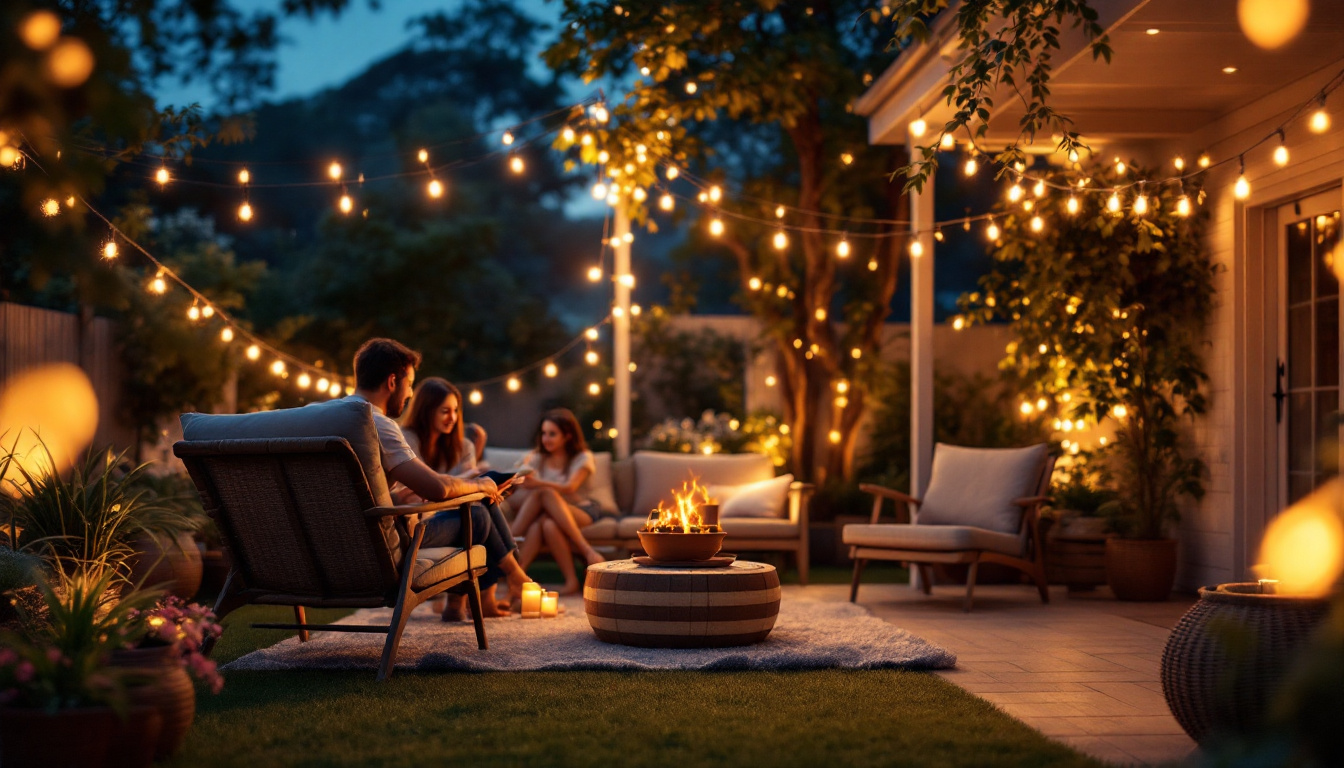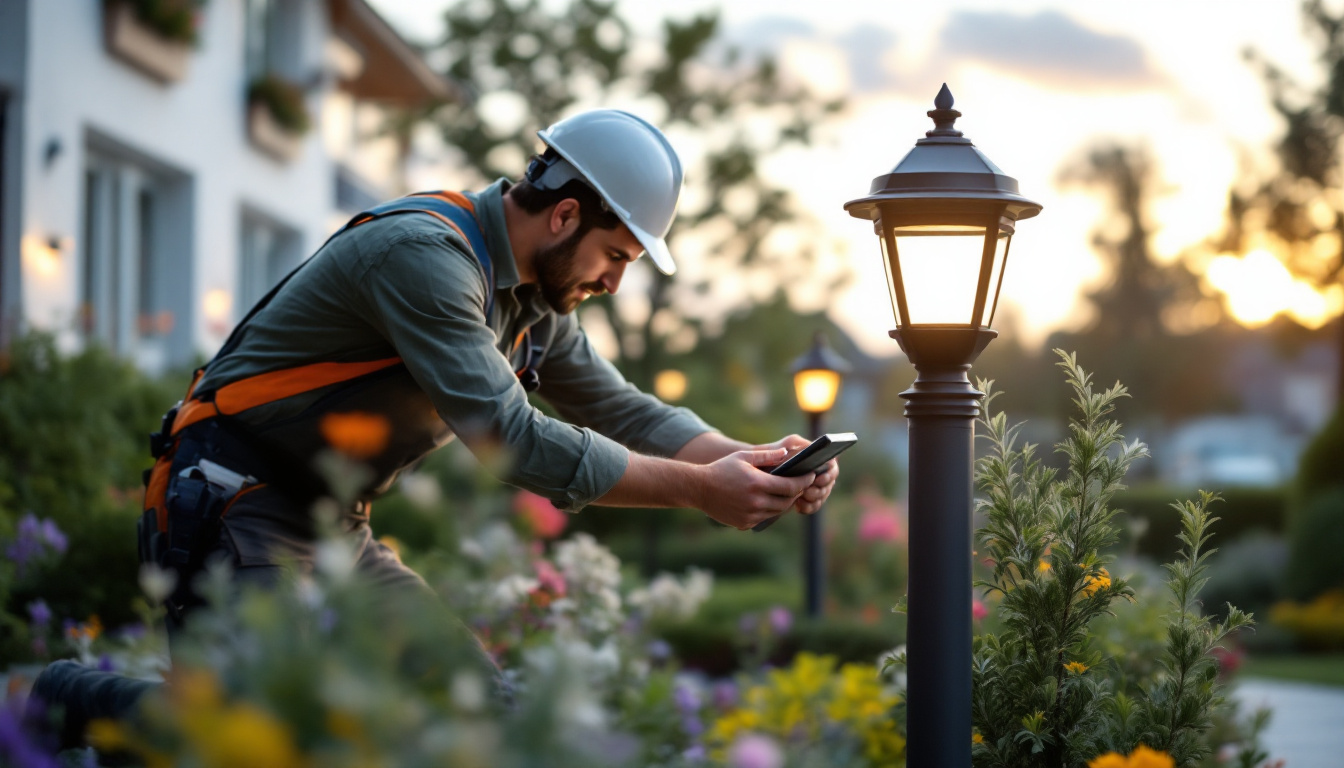
outdoor lighting plays a crucial role in enhancing the aesthetics, safety, and functionality of residential and commercial properties. For lighting contractors, understanding the best practices in selecting and installing outdoor light fixtures is essential to meet client expectations and ensure long-lasting results. This article delves into the best practices for lighting contractors, covering various aspects of outdoor lighting design, fixture selection, installation, and maintenance.
Before diving into the specifics of outdoor light fixtures, it is essential for lighting contractors to assess the unique needs of each project. Outdoor lighting serves multiple purposes, including safety, security, and ambiance. Understanding these needs will guide the selection of appropriate fixtures and design strategies.
Every outdoor space is different, and factors such as landscape, architecture, and climate can significantly influence lighting design. Contractors should conduct a thorough site assessment to identify key areas that require illumination, such as pathways, entrances, and outdoor living spaces. Additionally, understanding the natural light conditions at different times of the day can help in determining the type and intensity of lighting required. For instance, a garden with dense foliage may need strategically placed fixtures to pierce through the darkness, while an open patio might benefit from softer, ambient lighting that enhances the overall atmosphere without overwhelming the space.
Engaging with clients to understand their preferences and how they intend to use the outdoor space is vital. Some clients may prioritize security lighting, while others may focus on creating a warm, inviting atmosphere for entertaining. By aligning the lighting design with the client’s vision, contractors can ensure satisfaction and enhance the overall value of the project. Furthermore, it is important to consider the seasonal usage of the space; for example, clients who host summer barbecues might prefer adjustable lighting options that can be tailored for different occasions, while those who enjoy winter evenings outdoors may require fixtures that provide warmth and comfort during colder months. This level of customization not only meets the immediate needs but also reflects the lifestyle and personality of the client, creating a truly personalized outdoor environment.
The selection of outdoor light fixtures is a critical component of any lighting project. With a wide range of options available, contractors must consider various factors to choose fixtures that are both functional and aesthetically pleasing. The right fixtures not only enhance the beauty of outdoor spaces but also improve safety and security, making thoughtful selection essential for both residential and commercial properties.
Different types of outdoor light fixtures serve specific purposes. For example, wall-mounted sconces are ideal for illuminating entryways, while post lights can enhance pathways and gardens. Floodlights provide powerful illumination for security, while string lights create a festive atmosphere for outdoor gatherings. Understanding the specific applications of each fixture type will help contractors make informed decisions. Additionally, accent lights can be used to highlight architectural features or landscaping, creating visual interest and depth in outdoor spaces. By strategically placing these fixtures, contractors can transform a simple backyard into a welcoming retreat or a commercial space into an inviting venue.
Outdoor fixtures are exposed to various environmental elements, making durability a top priority. Contractors should select fixtures made from weather-resistant materials such as stainless steel, aluminum, or high-quality plastics. Additionally, fixtures should have appropriate IP ratings to ensure they can withstand moisture and dust, thereby prolonging their lifespan. Beyond just material choice, the finish of the fixtures also plays a crucial role in their longevity. For instance, powder-coated finishes can offer extra protection against corrosion and fading, ensuring that the fixtures maintain their appearance over time. Understanding the local climate can also guide the selection process; coastal areas may require fixtures that resist salt corrosion, while regions with heavy snowfall may benefit from designs that prevent snow accumulation.
In today’s environmentally conscious market, energy efficiency is a significant consideration. Lighting contractors should recommend LED fixtures, which consume less energy and have a longer lifespan compared to traditional incandescent or halogen bulbs. Furthermore, incorporating smart lighting solutions, such as timers and motion sensors, can enhance energy efficiency while providing added convenience for clients. These technologies not only reduce energy consumption but can also be programmed to adapt to the natural rhythms of the environment, adjusting brightness based on the time of day or occupancy. Moreover, integrating solar-powered fixtures can offer an eco-friendly alternative, harnessing renewable energy to illuminate outdoor spaces without increasing electricity costs. As clients become more aware of their carbon footprint, offering sustainable lighting options can set contractors apart in a competitive market.
A well-thought-out lighting layout can transform an outdoor space, highlighting its best features while ensuring safety and functionality. Lighting contractors should consider various design principles when planning the layout of outdoor fixtures.
Layering different types of lighting—ambient, task, and accent—creates a balanced and visually appealing outdoor environment. Ambient lighting provides overall illumination, while task lighting focuses on specific areas, such as steps or seating. Accent lighting highlights architectural features or landscaping elements. By combining these layers, contractors can achieve a harmonious lighting design that enhances the outdoor experience. For instance, using wall-mounted sconces alongside pathway lights can create a seamless transition from one area to another, ensuring that guests feel welcomed and secure as they navigate the space.
Identifying focal points within the outdoor space allows contractors to draw attention to key features, such as sculptures, trees, or architectural details. Using accent lighting to highlight these elements adds depth and visual interest to the landscape. Additionally, varying the height and placement of fixtures can create dynamic lighting effects, making the outdoor area more inviting. For example, uplighting a majestic tree can create a stunning silhouette against the night sky, while downlighting from above can illuminate a dining area, creating a warm and intimate setting for gatherings. Incorporating colored lights can also enhance the mood, allowing for seasonal themes or special events to shine.
It is essential to strike the right balance in light levels to avoid overly bright or dim areas. Contractors should consider the purpose of each space when determining light intensity. For example, pathways should be well-lit for safety, while seating areas may benefit from softer, ambient lighting to create a cozy atmosphere. Utilizing dimmers or adjustable fixtures can provide flexibility in achieving the desired light levels. Moreover, understanding the impact of light color temperature can significantly affect the ambiance; warmer tones can foster relaxation, while cooler tones can invigorate and energize. By thoughtfully selecting both the intensity and color of the lighting, contractors can craft an outdoor environment that not only meets functional needs but also enhances the overall aesthetic appeal of the space.
Proper installation is crucial for the longevity and effectiveness of outdoor lighting systems. Lighting contractors must adhere to best practices to ensure a successful installation process.
Before commencing installation, contractors should develop a detailed plan that outlines the placement of fixtures, wiring routes, and power sources. This planning stage is essential for avoiding potential obstacles and ensuring compliance with local codes and regulations. Additionally, having a clear timeline helps manage client expectations and keeps the project on track.
Safety is paramount when working with outdoor electrical installations. Contractors must adhere to local electrical codes and regulations to ensure the safety of the installation. This includes using appropriate wiring, grounding fixtures, and employing weatherproof connections. Conducting a thorough inspection of the electrical system before powering on the fixtures is also essential to prevent hazards.
Once the installation is complete, contractors should conduct thorough testing of the lighting system. This involves checking each fixture for proper functionality and making necessary adjustments to angles and brightness levels. Engaging the client during this phase allows for any final tweaks to be made, ensuring that the lighting meets their expectations.
Regular maintenance is vital for ensuring the longevity and performance of outdoor lighting systems. Contractors should educate clients on proper upkeep and offer maintenance services as part of their offerings.
Encouraging clients to perform routine inspections of their outdoor lighting systems can help identify potential issues before they escalate. This includes checking for burnt-out bulbs, damaged fixtures, or signs of corrosion. By addressing these issues promptly, clients can maintain the effectiveness and appearance of their outdoor lighting.
Seasonal changes can impact outdoor lighting systems, particularly in regions with harsh winters or heavy rainfall. Contractors should advise clients on how to prepare their lighting for seasonal changes, such as removing or covering fixtures during extreme weather conditions. Additionally, cleaning fixtures regularly can prevent dirt and debris from affecting light output.
As technology evolves, lighting contractors should stay informed about the latest advancements in outdoor lighting solutions. Offering clients the option to upgrade to newer, more efficient fixtures or smart lighting systems can enhance their outdoor experience and improve energy efficiency. Regularly updating clients on new products and technologies can also help maintain a strong contractor-client relationship.
Outdoor lighting is an essential aspect of enhancing the safety, functionality, and beauty of outdoor spaces. For lighting contractors, understanding best practices in fixture selection, design, installation, and maintenance is crucial to delivering successful projects. By prioritizing client needs and staying informed about industry trends, contractors can establish themselves as trusted experts in outdoor lighting solutions.
Implementing these best practices not only ensures client satisfaction but also contributes to the overall success and reputation of the lighting contractor. As outdoor spaces continue to evolve, so too should the approaches to lighting them, making it an exciting field for innovation and creativity.
Ready to elevate your outdoor lighting projects with the best fixtures on the market? Look no further than LumenWholesale, where we provide lighting contractors like you with the highest quality, spec-grade lighting products at prices that can’t be beaten. Say goodbye to local distributor markups and hello to our extensive selection that meets rigorous industry standards. With LumenWholesale, you get the reliability and performance you need, coupled with the convenience of free shipping on bulk orders. Don’t compromise on quality or value; click here for Wholesale Lighting at the Best Value and make your next lighting project shine with excellence.

Discover essential insights into landscape lighting that every contractor should master.

Discover how the 40W Type B bulb can transform your lighting solutions with enhanced efficiency and versatility.

Discover the transformative potential of LED string lights in modern lighting design.

Discover how post lights LED solar technology can elevate your business.